The beautiful lunar toy from Bern

Man first walked on the moon 50 years ago. It was also one giant leap for the University of Bern, whose Solar Wind Composition Experiment on the moon ultimately helped to clear up a misconception about the Big Bang.
As the rocket took off, television viewers saw the three letters “U – S – A” slowly ascend. And on July 21, 1969, astronauts Neil Armstrong and Buzz Aldrin planted the American flag on the moon. Great PR for the United States. No wonder America is making the most of it 50 years on.
But the University of Bern is also entitled to celebrate, given that its Physics Institute was responsible for an experimental device used during the Apollo 11 mission. Weighing 454g (1lb), the instrument was tiny compared to the nearly 3,000 metric tons of spacecraft in which it flew. Yet of trifling importance it was not. Astronaut Aldrin assembled the contraption – a simple sheet of foil along an upright, 30cm-wide, 140cm-long – even before unfurling the Stars and Stripes. Its purpose was to collect solar wind: particles such as protons and electrons which originate from the sun.
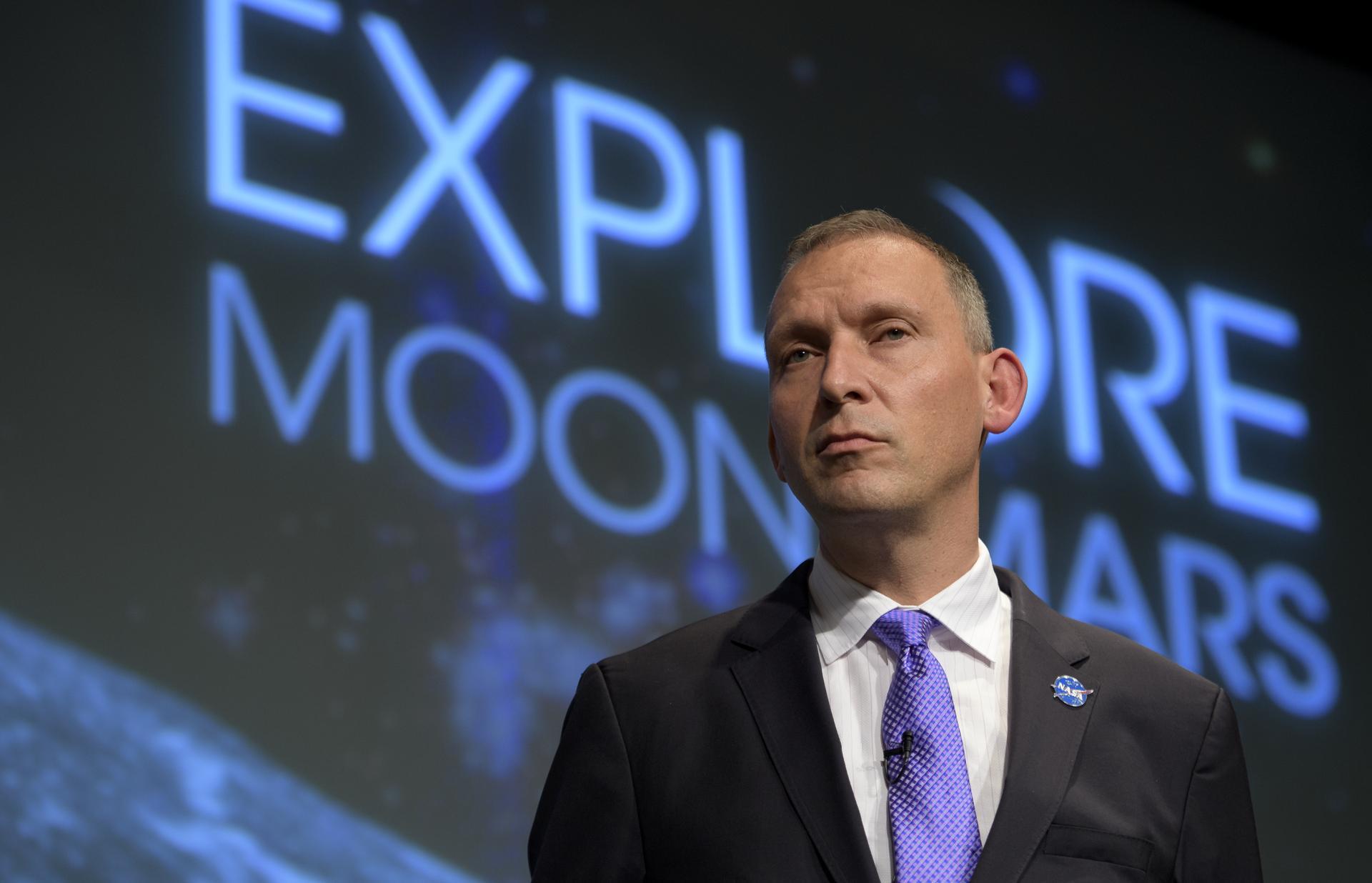
More
‘Is there life out there?’ This man’s in charge of trying to find out
After 77 minutes, Neil Armstrong rolled up the foil and took it back with him to the lunar module. He left the supporting upright on the moon. The experiment was so successful that the US space agency NASA repeated it on four other missions, increasing the length of exposure each time. Johannes Geiss, the physics professor who had developed the sail – or Solar Wind Collector (SWC) – with the help of his team, became world-famous.
Jürg Meister, 80, and Peter Bochsler, 76, worked at the Physics Institute at the time. On a return visit, they recount their experiences and talk their way through a series of photos. In these pictures, young men with dated haircuts are busying themselves around a solar wind simulator. These were the Bern scientists. Experimental physicist Meister helped to develop the SWC. Professor Bochsler was not yet directly involved at that stage, but would later succeed Johannes Geiss by becoming the Institute’s co-director. Geiss himself is now over 90 and has retired from public life.
Meister and Bochsler walk into a windowless laboratory teeming with devices on the basement floor of the Institute. The SWC (the reserve sail, to be precise) stands in the middle of the room, glittering in the lamplight. Meister and Bochsler greet it almost as they would an old friend. Meister gives a little demonstration, showing how a preloaded spring draws the foil up. “Just like a roller blind.”
“Incredibly good and simple”
You rolled out a sheet of aluminium foil on the moon to catch the solar wind. Then you rolled it up again. “It was an incredibly good and simple idea,” says Meister. Solar wind particles travelling at speeds of several hundreds of kilometres per second – much slower than light – collide with the foil and are collected there. By melting the foil back in the laboratory, you could ascertain how many of each type of particle were captured.
Everything on the SWC had to be designed for it to be easy to use and to work perfectly. The upright – a telescopic tube with ultra-fine threads – stretched the ingenuity of the university’s engineers to its limits. Then you had the roller that was hidden in the upright until it was time to pull it out. Finally, you had the foil itself, reinforced with Teflon tape to prevent tearing. “The weight specification of one pound was quite a headache,” says Meister. “Everything would have been a lot easier had the desired weight been one kilogram.”
Better understanding of the Big Bang
What did scientists learn from the Solar Wind Composition Experiment? Bochsler says it was the first time that they were able to collect solar wind particles in a systematic fashion and analyse them in a laboratory. Solar wind cannot be measured directly on Earth, because our planet’s atmosphere and magnetic field deflect and shield us from it. Meteorites had previously contained the only solar wind particles that had ever been detected, although it was never clear how long the meteorites had been exposed to solar wind before they had fallen to Earth.
The SWC facilitated the first detailed analysis of the composition of the solar wind. It also threw up some surprises. For example, scientists discovered that solar hydrogen differs greatly from terrestrial hydrogen and meteorite hydrogen in terms of the amount of deuterium or ‘heavy hydrogen’ it contains.
“We were suddenly able to clear up some discrepancies regarding the Big Bang, so the implications were quite major,” says Bochsler.
NASA left nothing to chance and instructed astronaut Don Lind to test the device in Bern. Unlike the physicists and engineers, Lind employed a spaceman’s perspective. He knew what you could and could not hold on to with those big unwieldy gloves.
“Lind gave us a multitude of instructions, which we painstakingly followed,” recalls Meister. For example, certain sections of the upright were roughened for gripping purposes, while key components were coloured red. “But he loved the contraption – just as if it were a big toy.”
Why Bern?
But how did the only non-US experiment of the Apollo 11 mission originate in Bern, of all places?
“It was no coincidence,” says Bochsler. The University of Bern had previously made a name for itself through its research into meteorites. This opened the door to possible experiments involving lunar rocks. In addition, Professor Geiss knew many of the NASA scientists and, according to Bochsler, “showed great skill and determination” in developing relations with NASA.
It was Jürg Meister who took the solar sail to the USA in his hand luggage. Meister was able to watch the lunar rocket taking off on three later missions – from a viewing point one and a half kilometres away. “It was an incredible and remarkably loud experience. The low frequencies reverberated in my stomach. My shirt on my skin quivered. It sounded like a huge pan full of sizzling eggs.”
It was 3 a.m. in Switzerland when Neil Armstrong and Buzz Aldrin set foot on the moon. The team in Bern followed the event live on television at the Institute.
“I wasn’t worried,” says Meister. “We had tested the sail hundreds of times, so I knew it would work without a problem.” Bochsler, on the other hand, was simply hoping the guys would “get back down in one piece”.
Jürg Meister lives near Thun nowadays. After leaving the University of Bern, the young physics doctor spent time in Texas analysing data from a different Apollo experiment. On his return to Switzerland, he worked at an armament factory in Thun and specialised in armour-piercing ammunition. He continues to be fascinated by all things that fly, although aircraft and rockets are no longer his primary preoccupation. He and his wife breed butterflies. And every time he looks at the moon, he remembers he held five uprights in his hand that are still on the lunar surface. “Remarkable, don’t you think?”
Peter Bochsler’s travels took him to Israel. He found the USA less appealing. “Not least because of America’s involvement in the Vietnam War”. After returning to Bern, he continued his research into solar winds. Later measurements taken by space probes confirmed the results of the Apollo experiments.
Boost for Bern
The SWC put wind in the sails of Bernese (and Swiss) space research. Firstly, Johannes Geiss was adept at exploiting his fame to expand the Physics Institute, thereby laying the foundation for further successes. Bern’s scientists went on to play a regular part in international projects. The Rosetta probe’s rendez-vous with comet Churyumov-Gerasimenko, or “Chury” for short, is still fresh in the memory. High-performance instruments from Bern were on board the probe, capturing data on the chemical make-up of this mysterious celestial body – and ascertaining, among other things, that Chury stinks of horse manure.
This story was first published in the May editionExternal link of Swiss Revue.

In compliance with the JTI standards
More: SWI swissinfo.ch certified by the Journalism Trust Initiative







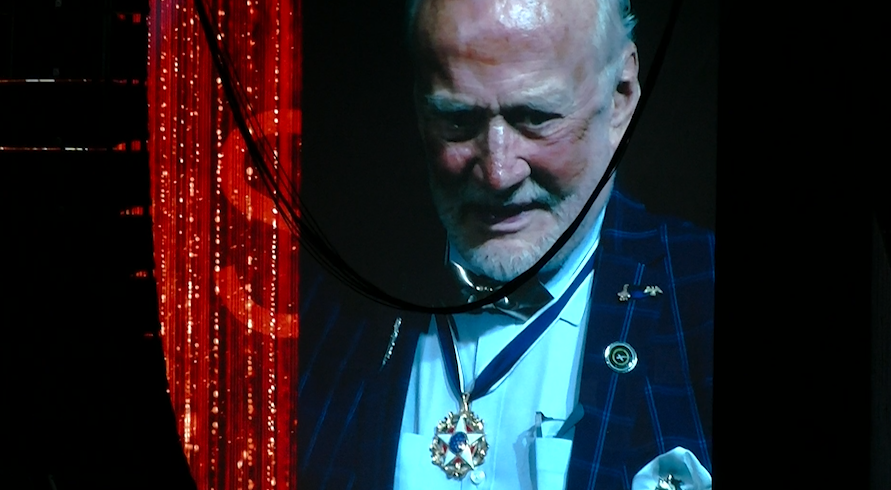
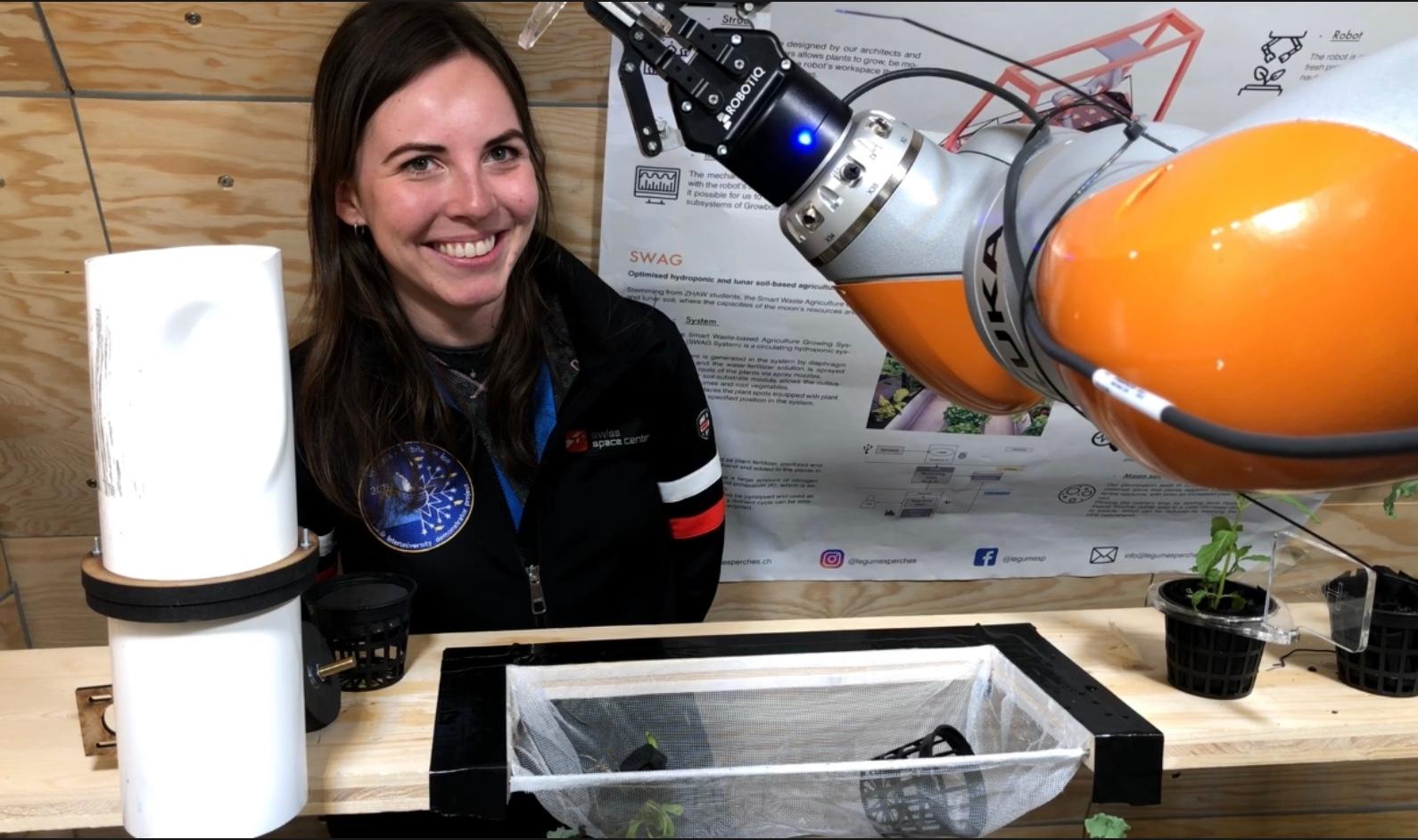
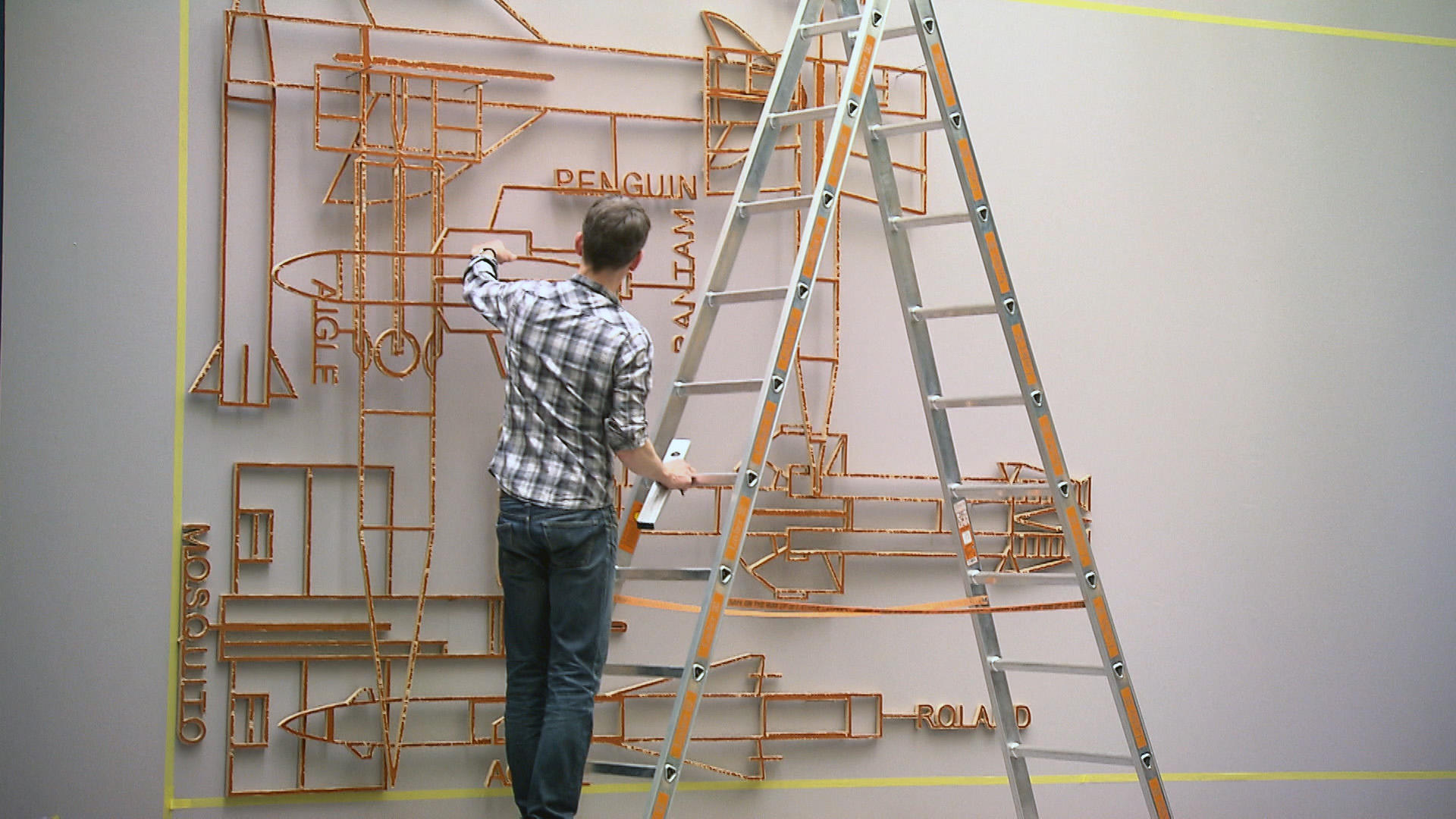
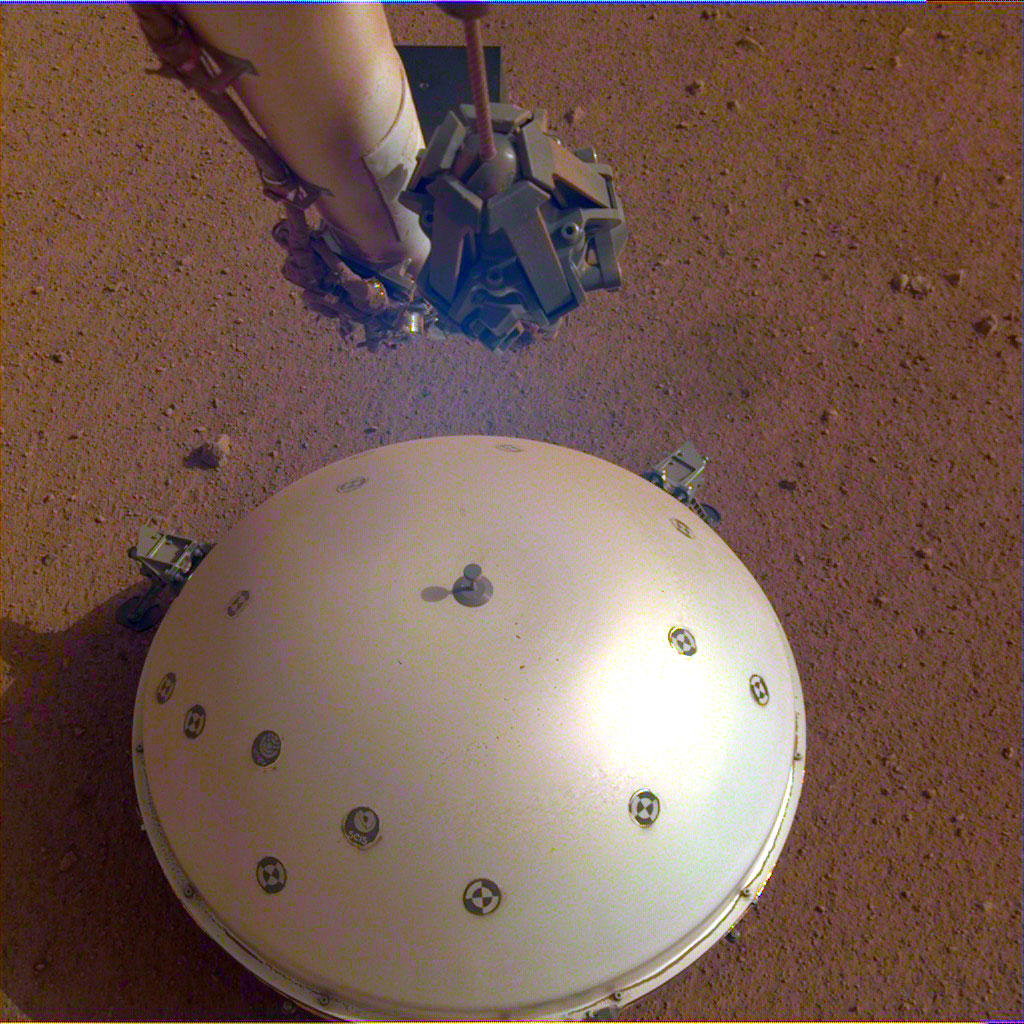
You can find an overview of ongoing debates with our journalists here . Please join us!
If you want to start a conversation about a topic raised in this article or want to report factual errors, email us at english@swissinfo.ch.